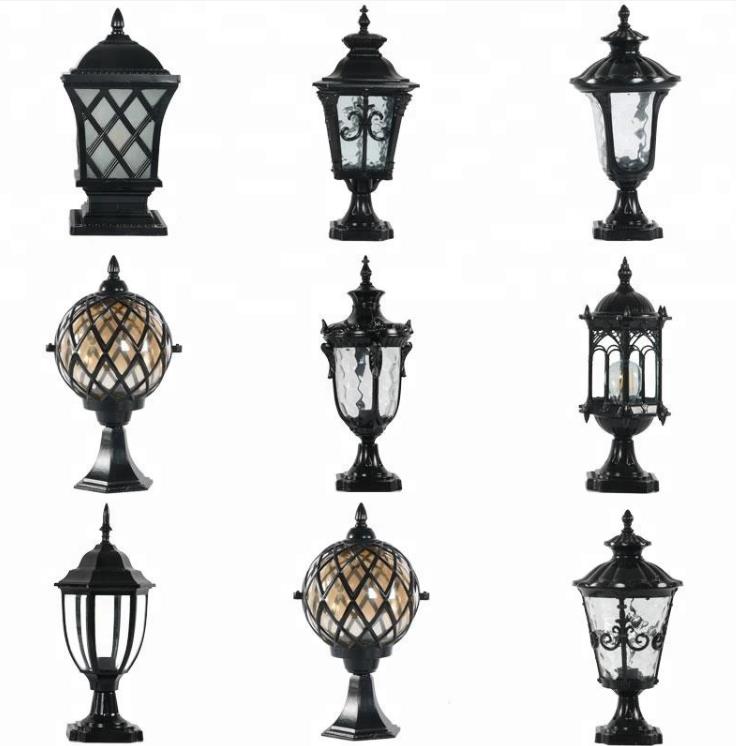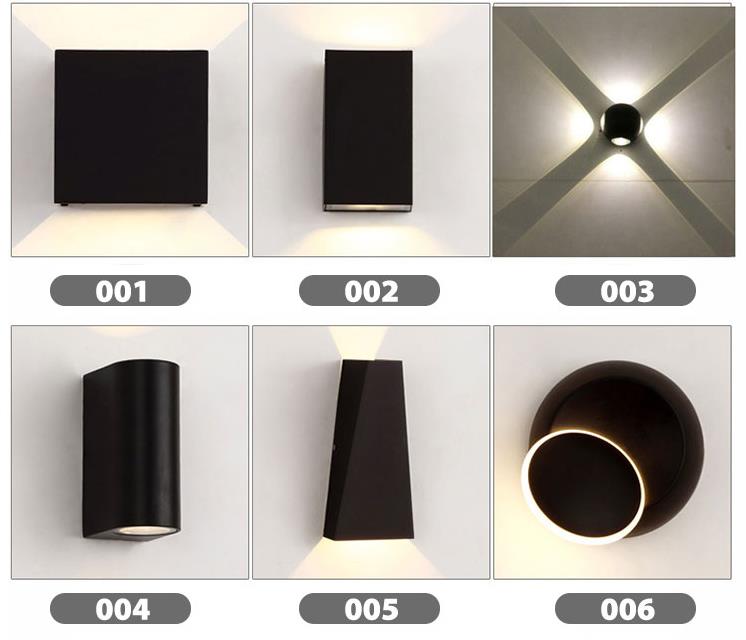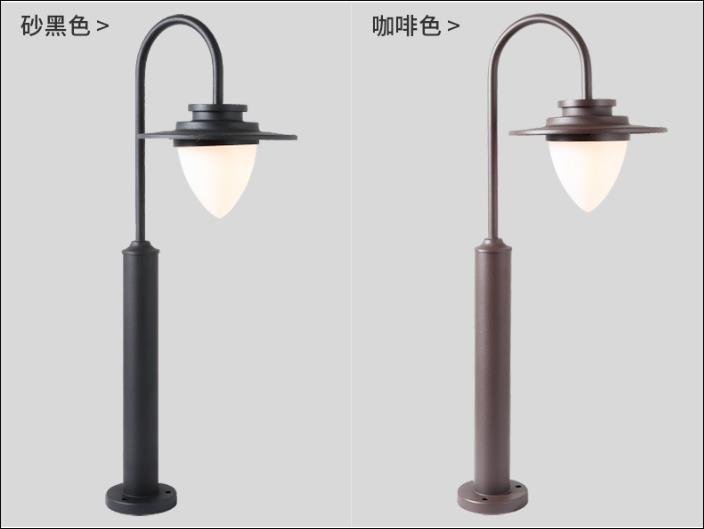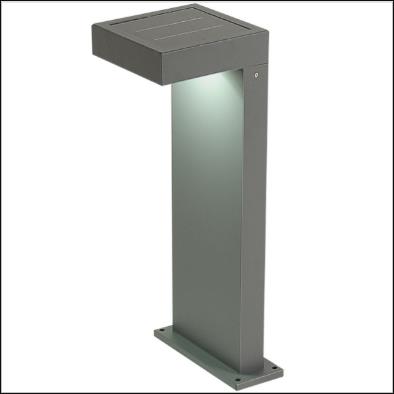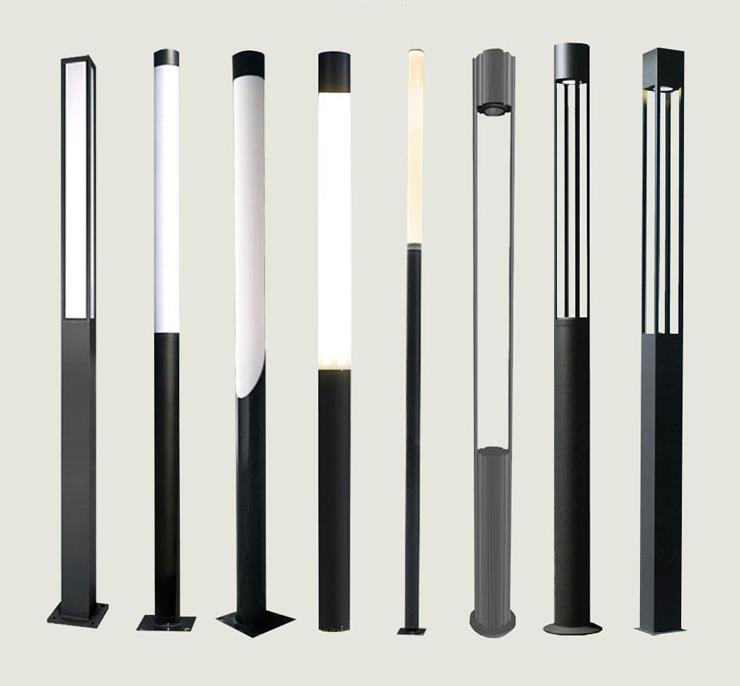News
-
HOME
-
ABOUT US
-
CONTACT US
-
NEWS
-
VIDEO
-
PRODUCTS
-
Solar light
-
Cast Aluminum Light
-
LED Smart Street Light
-
Decoration Garden Light
-
Wall Light
-
Pillar Light
-
Various outdoor lamps
-
Smart street lamp
-
European courtyard lamp
-
European outdoor wall lamp
-
Modern landscape lamp
-
Road lights and poles
-
Solar outdoor lamp
-
Floodlights
-
Lighting engineering project
Street lamp manufacturer's street lamp quotation and street lamp engineering scheme
Due to the new perfect function project of the red and white street lamp project, before the construction of the project, the photoelectric and telecommunication pipelines have been constructed under the sidewalks of each road, and there are also branch wells for sewage and water supply. In order to avoid the above projects from being damaged, the cable pipe trench is excavated manually. See the following figure for the construction method:
All excavated soil shall be transported by truck to the site for stacking and discarding, and the soil shall be transported manually to the first site while excavating, and transported by truck; After the trench excavation is completed and meets the requirements, the manual fine leveling shall be carried out. After tamping with a rammer, the compactness shall be greater than or equal to 85 before the construction of the next process. When the soil foundation cannot meet the design requirements, the soil shall be replaced on site according to the actual situation.
Specific construction specifications and requirements: good soil can be compacted directly; The soft and rubbery soil with large water content must be replaced and reinforced. If humic soil cannot be used as foundation soil, it shall be replaced; If the soil is too dry or too wet, add water or dry it properly to achieve the best moisture content of compaction; After earth excavation, safety warning lights must be set along the trench to prevent falling and other accidents.
(2) Sand cushion construction: the sand cushion shall be laid according to the thickness of 100 and compacted by rammer, and the width shall not be less than the design width.
(3) The street lamp base is constructed by manual excavation, with a depth of 1.1m below the top of the sidewalk and a width of 0.5m. The special reinforcement cage and chassis base customized by the street lamp manufacturer are used. After manual leveling and fixation, C30 concrete is poured in the original groove.
The cable laying shall be carried out in strict accordance with the requirements of code for construction and acceptance of cable route of electrical equipment installation engineering (gb50168-92).
Cable construction contents: pipe threading device, pipe laying, stripping and cutting, making joints, introducing lamp wiring, marking, grounding detection, etc.
Cable laying includes: measuring location, laying reinforced plastic pipe cable, embedding identification pile, grounding detection, etc.
During the laying of the threading cable with the threading device, pay attention not to tighten it. Before laying, check whether the pipe is smooth without sundries and the pipe orifice is free of burrs. In case of any abnormality, deal with it in time and make ends after laying.
The intermediate joint of the cable shall be constructed according to the standard dry package joint method to ensure that the joint is firm and reliable, and the intermediate joint shall be minimized. The bending radius of the cable shall not be less than the specified. The cable laying in the pipe from the handhole well to each lamp and entering the control box and distribution box shall have cable signs recording the cable specification, model, line name, circuit, etc.
The cable in the underground pipe shall not have joints or scars. After the cable passes through the pipe, the pipe soil shall be wrapped with insulating cloth or sleeved with plastic. When the cable crosses the culvert and bridge, it shall be wrapped with ¢ 1200 galvanized steel pipe and fixed with 5050 square steel every 4m as the support of galvanized steel.
The installation and construction of control box shall be carried out in strict accordance with the provisions of construction and acceptance of high voltage apparatus in electrical equipment installation engineering (gbj147-90), code for construction and acceptance of bus device in electrical equipment installation engineering (gbj149-90) and code for construction and acceptance of panel cabinet and primary circuit connection in electrical equipment installation engineering (gbj50171-92).
Process flow: equipment unpacking inspection → equipment handling → cabinet stable installation → secondary line wiring in the cabinet → test and adjustment → acceptance and power transmission operation. During installation, the cabinet shall be placed on the foundation section steel in sequence according to the layout of the construction drawings.
Correct the perpendicularity of the cabinet surface and side of a single cabinet: after each cabinet in a row is in place, first align the cabinets at both ends, draw a small line at the position two-thirds above the ground below the cabinet, and align them one by one. When aligning, use 0.5mm iron sheet for adjustment, and each gasket shall not exceed three at most. Then, according to the size of the fixing bolt hole of the cabinet, drill holes on the foundation section steel frame with a hand electric drill. If there are no special requirements, drill holes in the low-voltage cabinet φ 12.2mm hole, high voltage cabinet drill φ 16.2mm holes are fixed with M12 and M16 galvanized screws and spring washers respectively.
The vertical and horizontal unevenness of the cabinet shall meet the requirements of construction specifications. The cabinet body and side plate shall be connected and fixed with galvanized screws. The cabinet body shall also be reliably grounded. Each cabinet shall be welded with a copper terminal from the side of the basic section steel at the lower left of the back, and firmly connected with the grounding terminal of the cabinet with 6mm 2 copper wire.
The bus on the top of the cabinet shall be prepared in strict accordance with the requirements. The copper bus shall be mechanically connected, the lap welding shall be hot tin, the bus spacing shall be uniform, and the maximum allowable error shall not be greater than 5mm. Wooden tools shall be used for bus straightening. When cutting off the bus, electric and gas welding are strictly prohibited, and all interfaces shall be coated with "conductive adhesive". Check whether the electrical appliances on the cabinet are consistent with the diagram one by one according to the schematic diagram, and their rated voltage and control operation power supply voltage must be consistent.
After installation, the test and adjustment shall be carried out. The test standard shall comply with the national specifications, the provisions of the power supply department and the requirements of product technical data, and then the simulation test shall be carried out to make preparations before power transmission.
Installation sequence: remove packaging → lamp installation → lamp arm installation → threading → lamp installation → wiring → commissioning
(1) Understand the structural composition and determine the best installation scheme according to the detailed drawing of street lamp modeling;
(2) Transport the lamp pole and lamp to the designated installation position, remove the packaging at both ends, and pay attention not to damage the surface of the lamp and lamp pole;
(3) Threading: thread the wires in the lamp well, and do not damage the wires;
(4) Place the lamp on the mounting bracket, install the lamp bracket to the specified position, tighten the bolts, adjust the installation angle, and stretch the cable in the lamp pole;
(5) Installation of lamps: tighten the mounting bolts of lamps, connect the power supply, and install the light source;
(6) Wiring: connect the power supply of the main cable with the main line in the lamp post through the wiring board, and connect the ground wire; At the same time, use a multimeter to check the circuit and megger to check the insulation resistance;
(7) Fine adjustment of lamps: with the cooperation of angle ruler and level ruler, carefully adjust the verticality of the lamp panel and the installation angle of lamps to ensure the design parameters and technical specifications;
(8) A large crane is used to safely position the lamp pole on the lamp pole foundation. At the same time, do a good job in the safety and security of street lamp hoisting. See the safety measures described later for specific measures.


